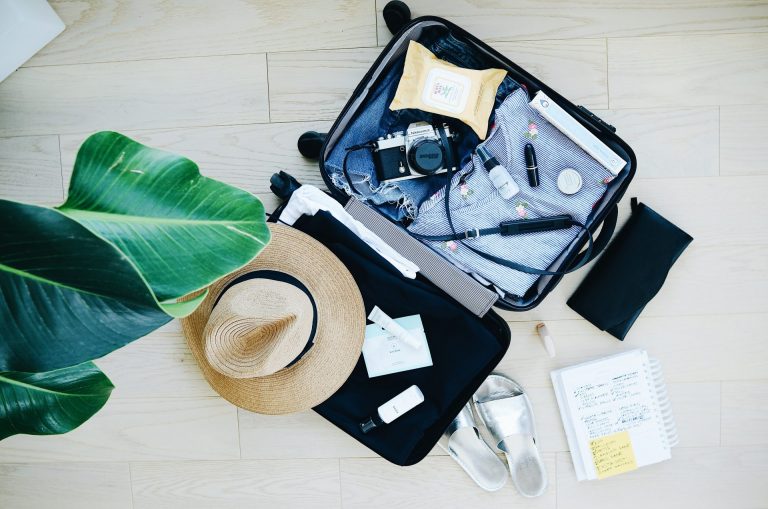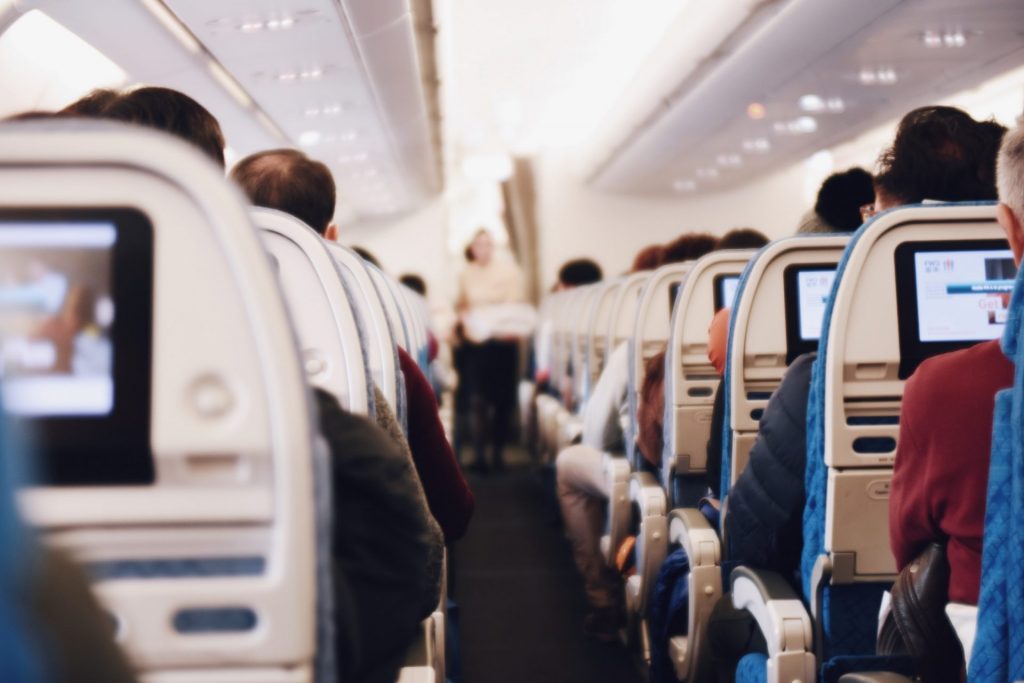How to Prepare for a Long Flight for Your Next Vacation
A long flight can wear you down before or after your vacation. If you prepare for a long flight before your trip, you can make the travel more enjoyable and feel more refreshed on your return.

By Shainur Ahsan
Preparing for a Long Flight
Everyone looks forwards to getting away for a vacation. However, not everyone enjoys travelling especially if you have a long flight to get to your destination. Long flights can wear down on you and cause you to feel tired when you arrive at your destination as well as when you get home which makes your vacation less enjoyable.
For the last several years, my wife and I have been taking regular trips to Bangladesh which can take up to 24 hours of travel! The longest flight on the return trip can take up to 14 hours. Over time, I’ve learned some tips to help make the trip more bearable. Properly preparing has helped me minimize the fatigue from the long travel. Here are some of my main considerations leading up to the trip:
- Stock up on Key Supplies
- Packing Your Carry-on Suitcase
- Selecting a Good Seat
- Preparing Mentally and Physically for the Trip
Before Your Flight
The key to minimizing jet lag is to prepare in advance of your trip. This may mean shopping for crucial supplies, packing your carry-on smartly, picking the right seat, and ensuring your mind and body is ready for the trip.
Stocking up on Key Supplies

Photo by frankie cordoba on Unsplash
Having particular items are key to make your long flight more bearable. Try to shop in advance of your trip so you don’t have to stress out over packing at the last minute. Also, it may be worth it to check out reviews of the airline you’ll be flying to see if they provide you any in-flight amenities. Here are some travel items my wife and I try to have on hand:
- Travel Size Toiletries
- Neck Pillow
- Travel Size Tissues
- Travel Size Hand Sanitizer
These are items that we typically don’t keep at home. We’ll go over other items that we already own that we also take with us in the next section.
Packing Your Carry-on Suitcase

When packing your carry-on, you will want to include your essential items. However, you don’t want your carry-on to get too heavy or bulky or you may have trouble fitting it in the overhead bin. Packing your carry-on ahead of time will make the days leading up to your trip less stressful. Here are the things that we typically carry to make the flight more enjoyable (in addition to those previously mentioned):
- Travel Documents (Tickets, Passport, Hotel Info)
- Phone Charger (USB Cable and Plug)
- Toiletries (toothpast, toothbrush, etc.)
- Kindle or Tablet
- Handheld Gaming System (Nintendo, etc.)
- A Change of Clothes
- Extra Pair of Sleeping Clothes
- Headphones
How I Pack My Carry-on
First, I usually pack an one extra pair of clothes as well as a pair of sleepwear in case we get stuck at a layover or our main suitcases get lost. I put these inside of my suitcase first at the bottom because it is usually less likely to be needed during the flight.
Next, I pack my toiletries in my suitcase. Usually, I pack most of my items within a small clear bag to put in my carry-on. I pack larger bottles that won’t pass security in my checked luggage. I try to keep my toothbrush on top for easy access to brush my teeth on longer flights.
The larger remaining items go on top of the clothing and toiletries so that I can easily access them for the flight (as well as security checks). These items usually include my small electronics.
Finally, I use the front pockets of my carry-on for travel documents, my phone charger, and headphones as these are the items that I usually need first on the flight. Many times I will take these items out right before boarding or putting my suitcase in the overhead bin. I bring both the USB cable and plug adapter as many long-distance flights offer USB ports and outlets for charging, but I have sometimes found one of them to be out of order.
Additional Items to Prepare for a Long Flight
For our long distance flights, we’ve been fortunate to fly Emirates which provides amenity kits even to economy class passengers. Not every airline is this nice, so here are some additional items to consider packing:
- Light-weight Blanket
- Eye Mask
- Earplugs
Selecting a Good Seat

For international flights, seat selection can be a key factor in determining your in-flight experience. Leaving the seat selection up to your airline could put you in the worst part of the plane. Here are some helpful tips based on my past experience.
When choosing a seat, use the airlines website to try to determine the plane’s cabin layout. Many times the economy class cabin on larger flights is broken up with bulkheads – where bathrooms and flight staff areas are. You’ll want to avoid sitting too close to a bulkhead. The front of these sections are typically designated for passengers with babies as they have bassinets (baskets) that clip on to the wall where they can sleep. The bulkhead areas are usually kept lit even when the cabin lights are dimmed. Passengers also line up in the aisles in these areas if the bathroom is nearby. The best place to sit to avoid the extra noise and light is within the middle of these sections.
Many larger aircraft have two aisles which means there are seats on the left side, center, and right side of the plane. If you are traveling solo or as a couple, you definitely want to sit on the left or right side and not the center. The center usually has a higher ceiling and thus may be susceptible to more noise.
Aisle or Window Seat
Within these two areas, you’ll typically want to try to get an aisle or window seat. It really depends on your preferences for which one you should select. Sitting in the aisle will make it easier to get up and go to the bathroom, but you’ll also have to get up every time the people sitting next to you needs to get up. The window seat allows you to stay seated more of the time, but you’ll have to disturb those next to you in case you need to get up – something that can get awkward if they are sleeping.
Preparing Physically for the Trip
One of the most overlooked preparations in my experience has been failing to getting you mind and body prepared for the trip. Mentally, you can prepare for the trip by ensuring you are packed ahead of time, checked in early, and leave enough time to get to the airport.
To prepare physically, ensure you get enough rest the night prior to the trip. You can also consider doing light exercise either the night before or morning of to get your muscles activated. Stretching can also help loosen your muscles. The first meal service may be a few hours into the flight. Make sure you take the meal timing in consideration with you takeoff time.
Conclusion
In summary, you can prepare for a long flight by taking a few steps ahead of your trip. Stocking up on supplies and packing properly can ensure you have what you need and have it easily accessible on your flight. Taking time to consider your seat on the plane and preparing mentally and physically can get you a seat with less disturbance and get in the right state for the long journey. Here are those key factors again:
- Stock Up on Key Supplies
- Pack Your Carry-On Suitcase
- Select a Good Seat
- Prepare Mentally and Physically for the Trip
Helpful Links
Here are some additional tips on how to prepare some additional actions you can take while on the flight to improve your experience.
Cover Photo by Kevin Maillefer on Unsplash
